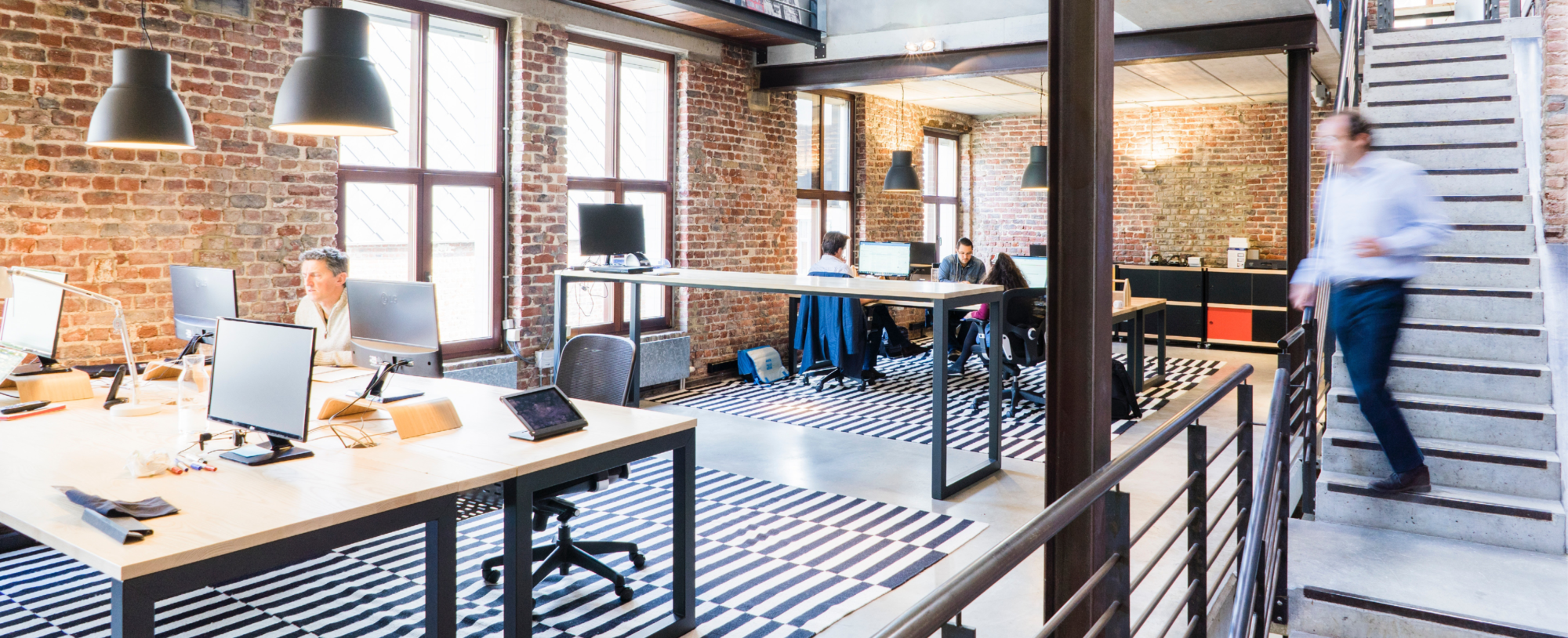As COVID-19 took hold in 2020, businesses made contingency plans to bridge the disruption and are still evolving these strategies.
Working from home widely continues but many are craving the interaction and buzz of an office environment – not only for productivity but also for social contact and mental health. Businesses are now turning towards hybrid working models as a long-term strategy; protecting themselves and employees from disruption through homeworking options and also providing a clean, functional, COVID-safe workspace.
Infection control
A focus on infection control is of course a necessity to reduce transmission risk from common touch points and airborne particles. Stakes are high, and FMs are using CAFM software in new ways to support their work and ensure COVID-safe compliance. Cleaning schedules can be created and audited across different areas quickly and easily; sent to operatives’ mobile phones to be actioned without delay. Installing sensors or integrating the CAFM with occupancy management software means cleaning can become more tailored depending on office footfall on different days. Outside of lockdowns, offices are now subject to midweek peaks, with Mondays and Fridays seeing significantly less traffic. Therefore services could be increased or reduced accordingly to save money and redirect resources to other areas while maintaining a safe level of cleanliness.
Taking a different approach, shift patterns can be introduced to level out these peaks. Space management software makes it easier to plan where employees sit, and helps deliver a socially distanced office through staggered working hours or days. Shift rotation days can trigger a deep clean of desks, and records of proximity mean communication of potential COVID-19 cases is immediate and efficient. Businesses that have lost seating capacity due to social distancing are now able to invite the whole workforce back into the premises on staggered work schedules. What’s more, investigating the use of space and changing layouts can lead to longer term productivity improvements, for example large under-used meeting rooms could be partitioned and made into smaller ones to accommodate higher turnover, or break out areas could be created to bolster knowledge sharing and innovation at a time of potential stagnation.
Hybrid working
Perhaps organisations could take this one step further and look into the location of their hybrid office in relation to their workforce. Could the office be downsized? Could it be moved out of a prestigious city centre location as online client meetings and reduced commuting become the norm? Hybrid working also creates opportunity for talent acquisition, both as an empowered and attractive method of working for new employees, and it allows applicants to cast their net further afield for a job they are skilled in, which they might not have previously applied for. The office has increasingly become a place for collaboration and wellbeing rather than the institution of ‘going to work’.
A potential danger to the hybrid working model is siloed information. As many have already found following previous COVID-19 lockdowns, communication is paramount and this means digitised information. For FM, this means a web and mobile-based CAFM system; jobs and documents accessible from a browser or mobile app; and the helpdesk, operatives and management all aligned with each other and company goals. Once it’s easy to see who is working on what, how many jobs are outstanding, and how well assets are functioning, then problems such as missed deadlines or skills gaps become more apparent and quicker to resolve.
FM influence
By taking control of this rapidly evolving change in working practice, FMs become increasingly influential within the company as problem solvers managing essential change. CAFM and space management software make it easier to pick through the relevant information to proactively create new strategies resulting in less firefighting as new problems emerge. No other industry can have such an effect on the working population, so it’s essential that FMs look for the silver lining in the dark pandemic cloud to help create the new – and better – normal.
Keep up to date on the latest industry and technology developments: sign up to receive Service Works Global’s blog delivered straight to your inbox:







